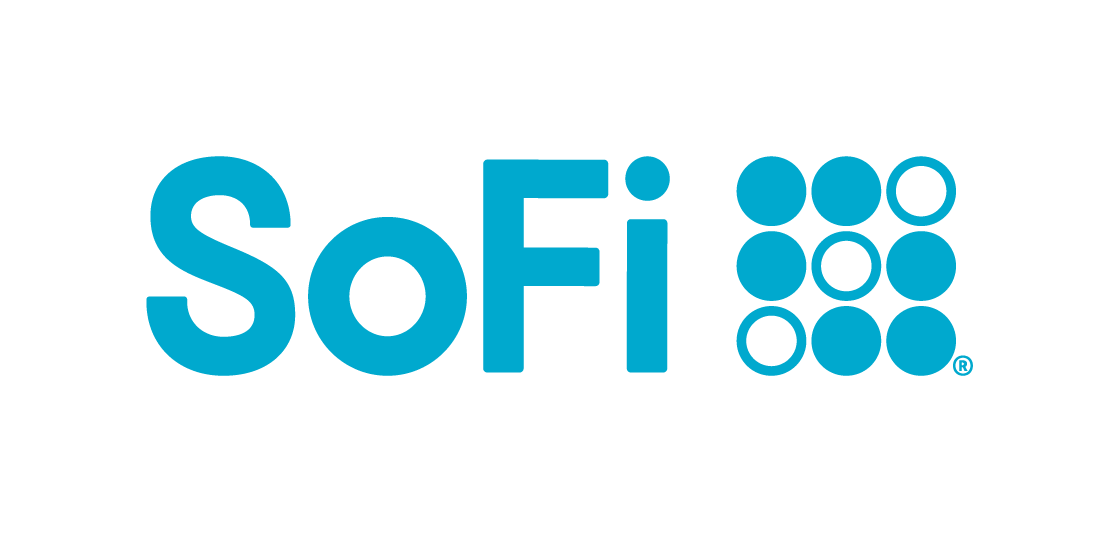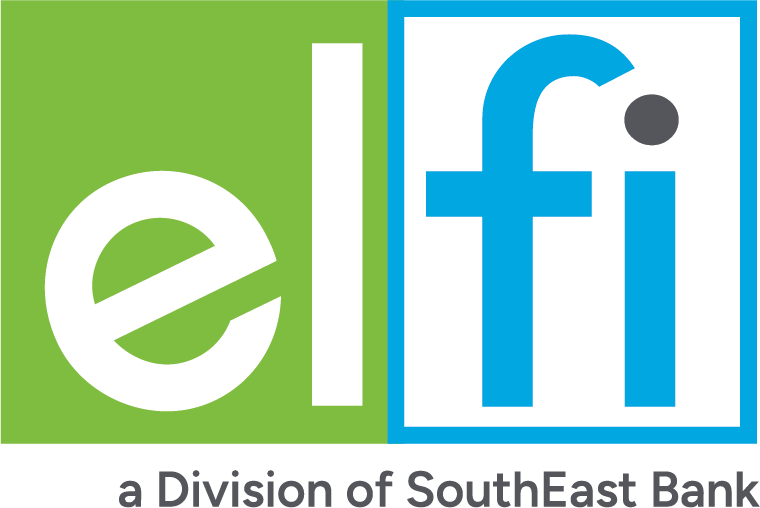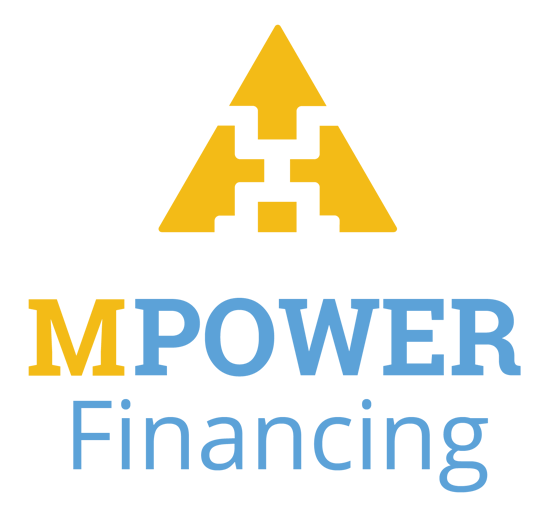What Is the Income-Contingent Repayment (ICR) Plan for Federal Student Loans?
Income-Contingent Repayment is the least generous income-driven plan, but it’s the only one parent PLUS loan borrowers can use.
Many, or all, of the products featured on this page are from our advertising partners who compensate us when you take certain actions on our website or click to take an action on their website. However, this does not influence our evaluations. Our opinions are our own. Here is a list of our partners and here's how we make money.
The Income-Contingent Repayment (ICR) plan costs more each month than other income-driven student loan repayment plans offered by the federal government. ICR caps monthly payments at 20% of your discretionary income and lasts 25 years before you can get your remaining debt forgiven.
Still, this plan may be your best income-driven choice in the following instances:
You have parent PLUS loans or a consolidation loan that includes parent PLUS loans.
You want slightly lower payments to potentially pay less interest.
The ICR plan won’t be around for much longer. The Education Department is ending ICR and two other existing income-driven repayment plans no later than July 1, 2028, as a result of President Donald Trump’s “one big, beautiful bill.”
Borrowers still enrolled in ICR at that time will be automatically moved into a new option — the Repayment Assistance Plan (RAP). To avoid RAP, borrowers must enroll in the Income-Based Repayment (IBR) before the 2028 deadline.
ICR at a glance
Repayment length: 25 years.
Payment amounts: 20% of your discretionary income or fixed payments based on a 12-year loan term, whichever is lower.
Other qualifications: Must have federal direct loans. Parent PLUS loans must be consolidated into a direct loan to be eligible.
Best for: Parent borrowers; those seeking slightly lower payments.
Student loans from our partners
on Earnest website
Earnest
4.5
NerdWallet rating4.5
NerdWallet rating4.99% - 9.99%
665
on Earnest website

on SoFi® website
SoFi®
4.0
NerdWallet rating
4.0
NerdWallet rating4.74% - 9.99%
650
on SoFi® website

on Credible’s website
ELFI
Best for faster repayment options
4.5
NerdWallet rating
4.5
NerdWallet rating4.88% - 8.44%
680
on Credible’s website
ICR closure timeline and next steps for borrowers
The ICR plan is impacted by the Trump Administration’s budget reconciliation bill, signed into law on July 4, 2025. Here are the key changes and dates:
Date | ICR event |
|---|---|
July 1, 2026 | New repayment plan rules from the Trump administration’s budget bill start to take effect. Deadline to consolidate parent PLUS loans to stay in the income-driven repayment system. (After consolidating your parent PLUS loans, you still need to enroll in the ICR plan and switch into IBR.) |
July 1, 2027 | Deadline to enroll in the ICR plan, unless you have parent PLUS loans. |
July 1, 2028 | Deadline to switch into the Income-Based Repayment (IBR) plan if you want to avoid being moved into the new Repayment Assistance Plan (RAP). Deadline to enroll in ICR if you have parent PLUS loans. You must also make at least one payment on ICR, then enroll in the IBR plan before this date. |
Parent PLUS borrowers must consolidate by July 1, 2026
The ICR plan is going away, but borrowers with parent PLUS loans are now eligible for the IBR plan, per a change in the law from Trump’s budget reconciliation bill.
Follow these steps to enroll in IBR with parent PLUS loans:
Consolidate your parent PLUS loans before July 1, 2026.
Immediately enroll in the Income-Contingent Repayment (ICR) plan.
Make at least one full payment on the ICR plan.
Enroll in the IBR plan before July 1, 2028.
If you don’t complete these steps by the deadlines, you’ll be permanently blocked from any income-driven repayment plan: Parent PLUS borrowers will not be eligible for RAP. Instead, you would have to make payments under the standard plan, which doesn’t tie your student loan bills to your income.
Borrowers who take out new parent PLUS loans on or after July 1, 2026 can only repay their loans with the standard plan, which has fixed monthly payments. They won’t have access to any income-driven repayment plan.
ICR vs. RAP and other income-driven plans
All income-driven repayment plans share some similarities. Each caps payments to between 10% and 20% of your discretionary income and forgives your remaining loan balance after 20 or 25 years of payments. (The new RAP calculates payments based on income differently and has a 30-year forgiveness timeline.)
If you're eligible for Public Service Loan Forgiveness, you can get your remaining debt forgiven after just 10 years in an income-driven plan. Use the Education Department’s student loan simulator to see how much you might pay under different plans.
ICR is the only income-driven plan available for parent PLUS loans. Before signing up for the plan, parent PLUS borrowers must first consolidate the student loan into a federal direct loan.
If ICR doesn't sound right for you, consider one of the other three income-driven repayment plans: Saving on a Valuable Education (SAVE), Pay as You Earn (PAYE) or Income-Based Repayment (IBR). See a breakdown of all IDR plans.
However, you can’t stay on SAVE or PAYE long-term; IBR is the only existing plan that you can stay on after July 1, 2028.
Most borrowers, except for those with parent PLUS loans, will also be eligible for the new RAP when it comes out in 2026.
How to apply for ICR
To enroll in Income-Contingent Repayment, you can contact your federal student loan servicer or complete the process online.
Visit studentaid.gov/IDR. Log into your student loan account with your Federal Student Aid ID. Preview the IDR application to see which documents you’ll need ready, like your tax return.
Complete the application. Choose ICR as your desired repayment plan. Enter required details about your income and family. Remember to include your spouse’s information, if you file taxes jointly, as it will affect your payments under ICR.
If you have parent PLUS loans, you must first consolidate them to become eligible for the ICR plan.
Other ways to lower student loan payments
If income-driven repayment isn't right for you, the federal government offers extended repayment and graduated repayment plans, which lower your payments but aren’t based on your income. These plans are only available to borrowers with loans taken out before July 1, 2026. You may pay more interest under these plans, though, and neither offers loan forgiveness.
You also may be able to pay less by refinancing your student loans. Refinancing federal student loans can be risky, as you’ll lose access to income-driven repayment and other federal loan programs and protections. But if you’re comfortable giving up those options and have strong credit as well as a steady income, which can help you get a competitive interest rate, refinancing may save you money.













